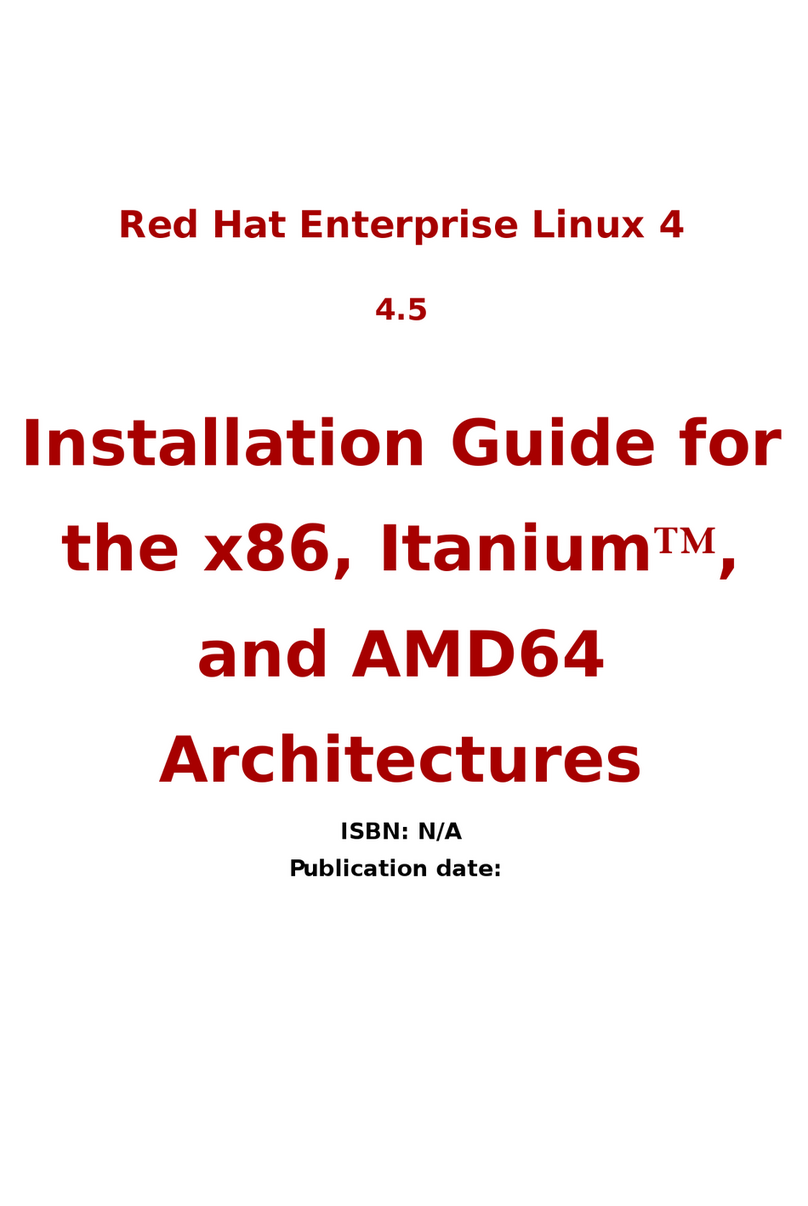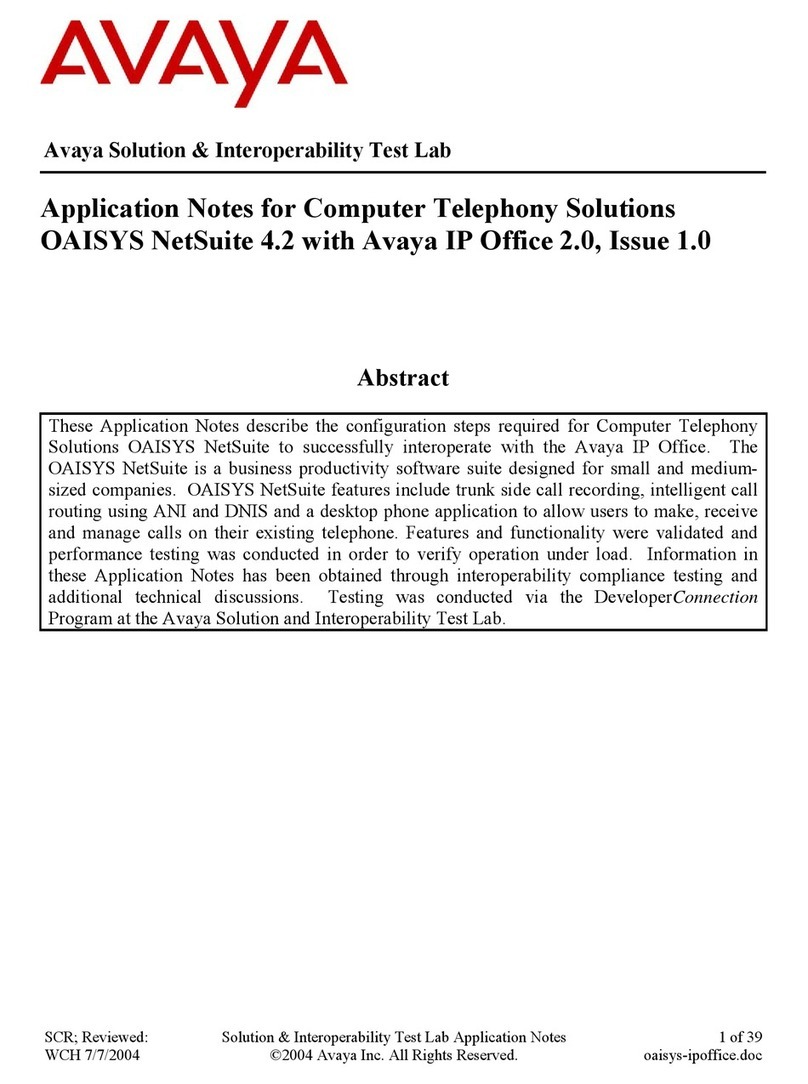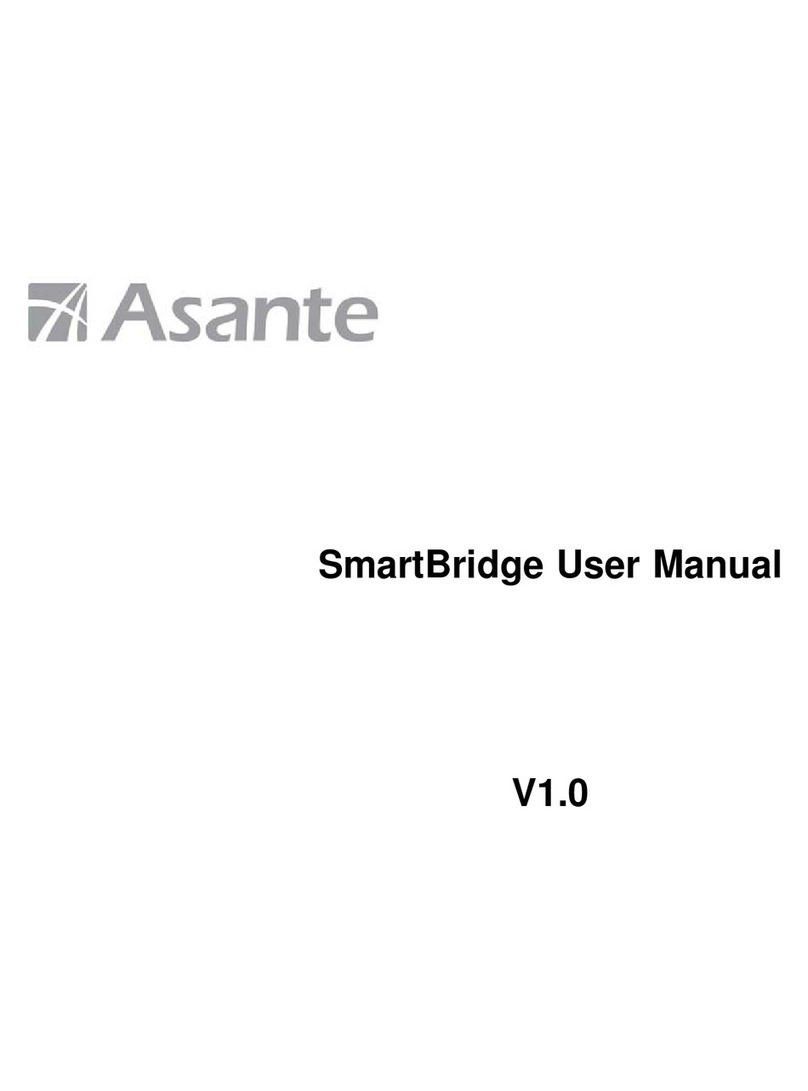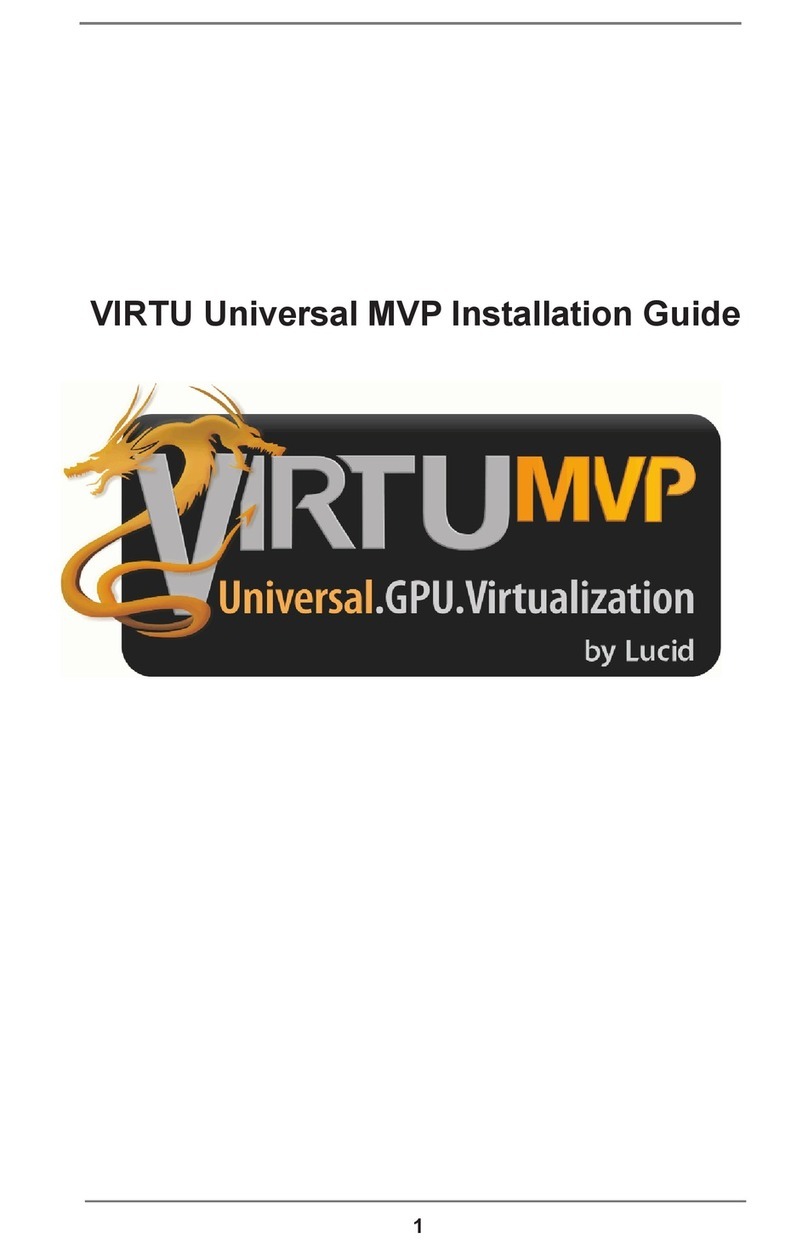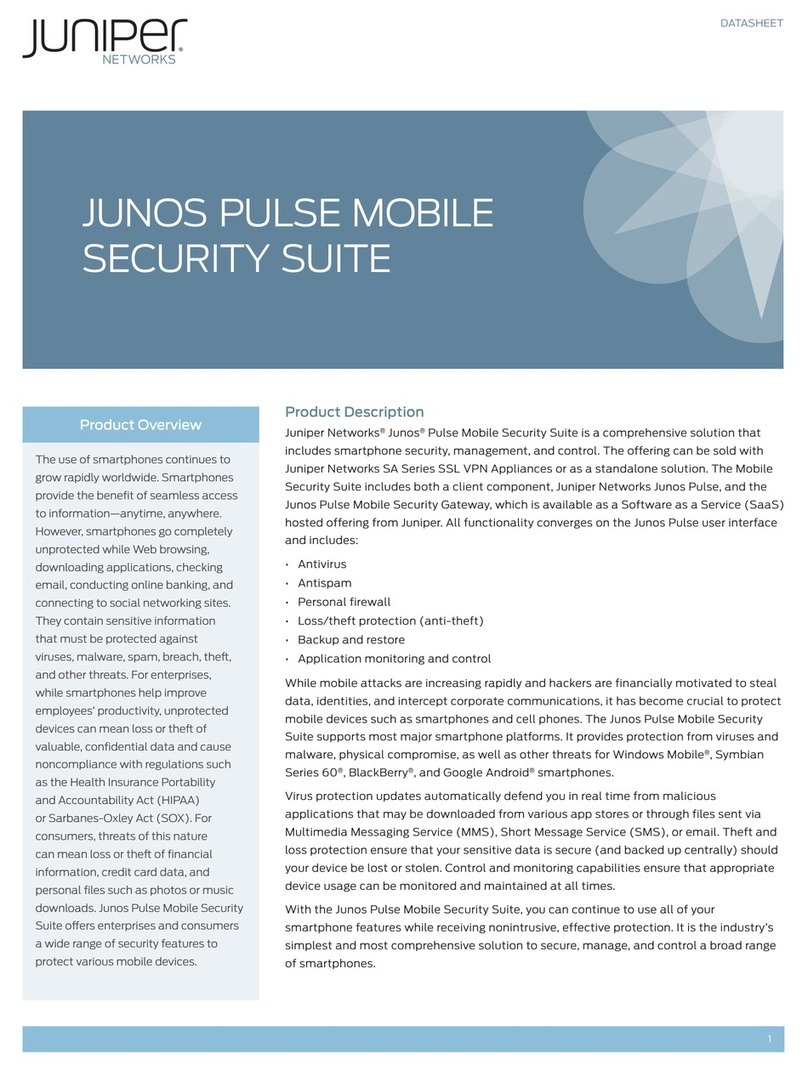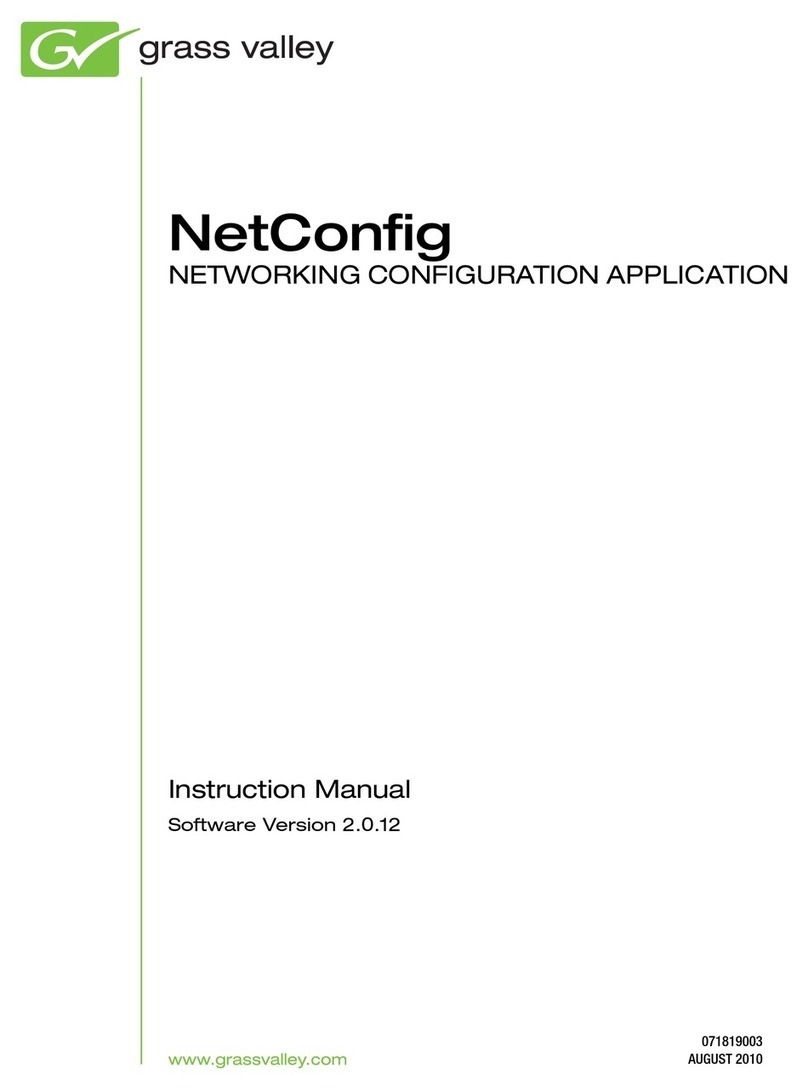
Introduction 9
1 Introduction
The Tassman is a modular software synthesizer based on physical modeling. The modular archi-
tecture of the software reproduces the very powerful features of vintage analog synthesizers letting
you construct instruments “`
a la carte” by patching modules together. The module library includes
many analog-type objects but also modules simulating acoustic objects and instruments. The Tass-
man makes no distinction between different object types which means that you can reproduce your
favorite vintage analog synthesizer, recreate or invent acoustic instruments but also combine analog
and acoustic modules and create very innovative hybrid instruments.
The Tassman generates sound by simulating the different modules through physical modeling.
This technology uses the laws of physics to reproduce the behavior of an object. In other words
the Tassman solves, in real-time, mathematical equations describing how an object functions. The
Tassman uses no sampling or wavetable, it just calculates the sound as you play in accordance
to the controls it receives. For example, if you choose to hit a plate with a mallet, the Tassman
simulates (1) the impact of the mallet at a particular point, (2) the resulting displacement of the
plate due to wave motion (taking into account the geometry and physical parameters of the plate
related to its material), and (3) sound radiation at a particular listening point.
Physical modeling is a very general and powerful approach since the result is obtained by
reproducing how an object generates sound rather than trying to reproduce the sound signal itself
using, for example, wavetables, additive synthesis or samples. This implies that a module can
generate very different sounds depending on the driving signals it receives. For example, different
sounds will be produced by a plate of a given geometry and material, depending on the strength of
the mallet impact and its impact point. It will behave differently again if you hit the plate when it
is at rest or when it is already vibrating. Physical modeling takes all these parameters into account
naturally since it reproduces the behavior of the real object. This results in very natural and realistic
sounds and reproduces the control musicians have on real acoustic instruments.
The Tassman software is comprised of three tightly integrated views, in a single window. In-
struments are created in the Builder by patching together modules imported from the Browser.
Modules are just “building block” having inputs and outputs which you connect together using
wires. The fully modular architecture of the Tassman lets you expand the Browser library by letting
you define groups of modules as sub-patches for later inclusion in your constructions. Instruments
created with the Tassman can be exported as short text files, which means that you can very easily
exchange them with other users.
Once an instrument has been constructed, the Player is opened, displaying the instrument’s
controls. The Player interprets the files generated in the Builder and automatically generates the
playing interface and the computational code corresponding to a particular instrument. The panels
of the different modules were inspired by vintage hardware making them very easy to use. All the
controls appearing on the screen can be moved with the mouse and keyboard but can also be linked
to external MIDI controllers. As with sub-patches, and modules in the builder view, presets for
each instrument can be easily “drag and dropped” from the browser, which means you don’t have
to worry about searching through an endless stream of “load” dialog boxes to find the components
